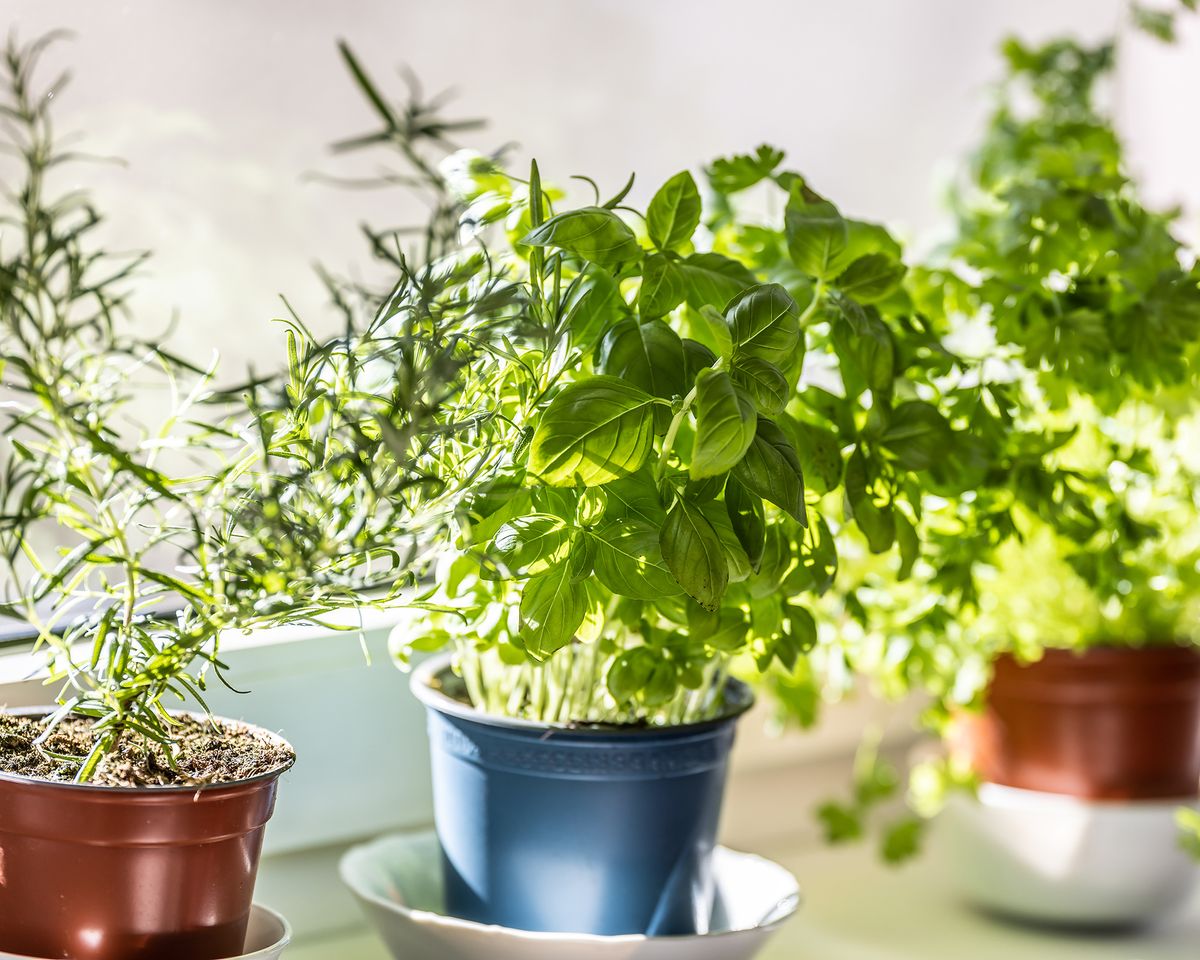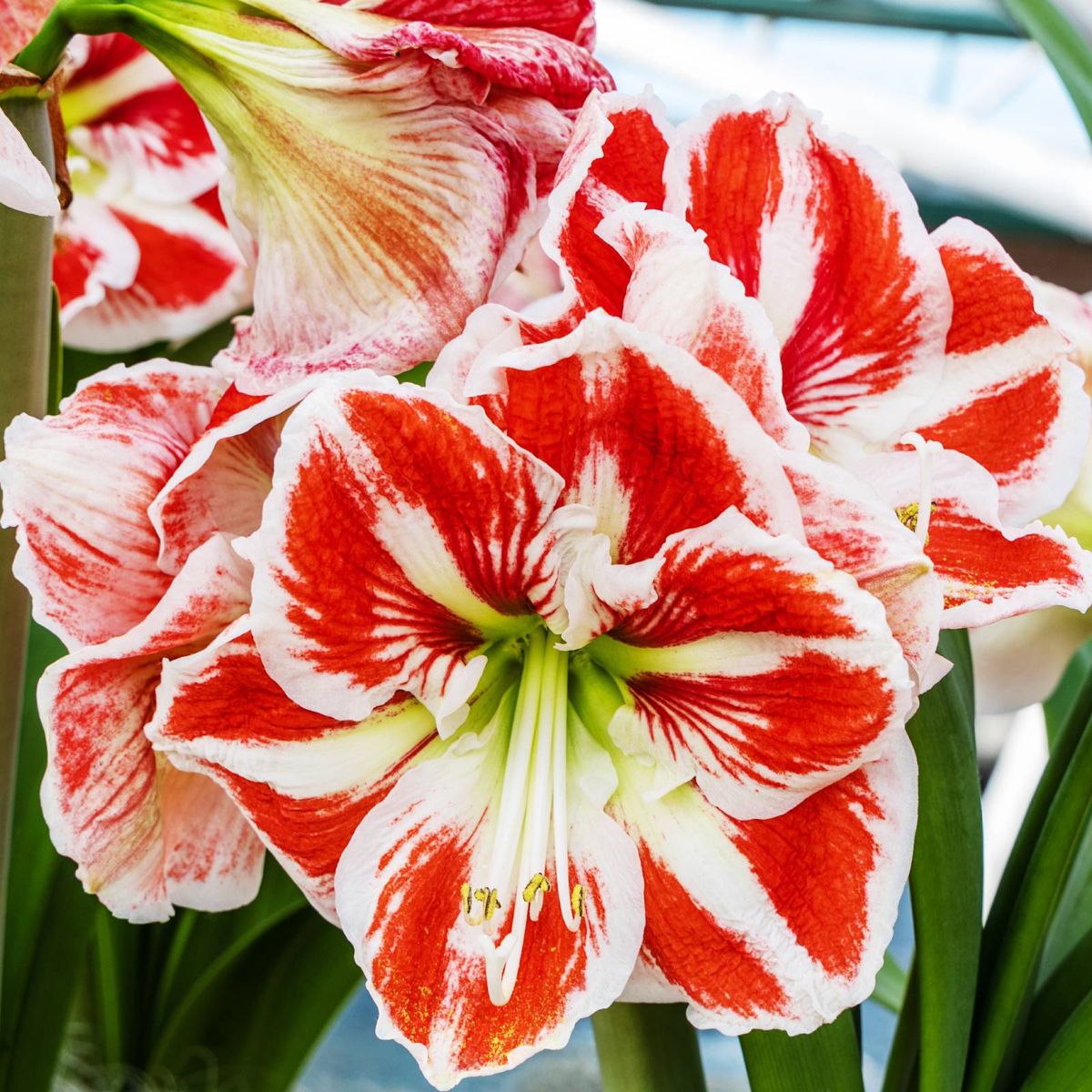With a bevy of delicious squashes to choose from, one that stands out is the wonderful delicata squash. A cream-colored fruit with beautiful green stripes and orange flesh, the delicata squash, or Cucurbita pepo, is a rare winter squash that has edible skin when roasted! Able to store for several months as well, gardeners growing delicata squash certainly hit the jackpot with this wonderful plant!
Like all squash, delicata originates in North and Central America. Squash was one of the original ‘Three Sisters’, or staple crops, of Native American tribes along with beans and corn for thousands of years. It’s kind of like the baby brother of butternut squashes and other winter squash varieties.
This fast-growing vine will snake its way around your yard and push out impressive leaves and blooms. Gardeners love this plant not only for its produce, but also its seeds and flowers which are also edible!
Good Products For Growing Delicata Squash:
Quick Care Guide

| Common Name(s) | Delicata squash, peanut squash, Bohemian squash, sweet potato squash |
| Scientific Name | Cucurbita pepo |
| Days to Harvest | 100-110 |
| Light | Full sun, at least 8 hours a day |
| Water: | 1 inch per week; soil should be evenly moist |
| Soil | Well draining loam to sandy soil |
| Fertilizer | Compost, well-rotted manure, or 5-10-10 |
| Pests | Aphids, cucumber beetles, cutworms |
| Diseases | Downy mildew, powdery mildew, bacterial wilt |
All About Delicata Squash

Delicata squash are a rare delight in the kitchen. With all the flavor of winter squash, in a little bundle that’s easy to work with like summer squash, this little veggie nugget checks off all the goals on the garden wish list. The delicata squash, or Cucurbita pepo, is a type of winter squash. While it’s the cousin to both acorn squash and zucchini, some say that it has the delicate flavor of a sweet potato.
Grown in the spring and summer months, and harvested and eaten in the fall and winter, delicata gets the label of winter squash based on when it’s eaten, not when it’s grown. This is a fact that trips up some people. However, delicata, like other winter squash is often grown for its ability to stay ‘shelf stable’ in a cellar or pantry for several months after it’s been harvested and cured. That isn’t the case with its cousins the summer squash which need to be eaten within a week of being picked.
Delicata squashes are annual vining plants that push out thin green vines that snake along the ground looking for space. Wide lobed green leaves push upwards from the vining stem to soak up energy for this fast-producing plant. Underneath, wide yellow flowers poke up in an attempt to be pollinated. Male flowers are not attached to a squash, female flowers are. In order for the squash to set on the vine and grow to maturity, pollen from the male flower needs to find its way to the female flower.
Delicata has more to offer than just its fruit. The seeds and flowers of this plant are also edible. The seeds can be cleaned then oiled, spiced, and baked for a crunchy and delicious snack. Alternatively, the blossoms; especially the male blossoms can be picked, washed, stuffed, and fried to make an absolutely delicious snack.
Delicata squash are cream-colored oblong veggies with green stripes or splotches that can grow to about 6” long and 3” wide give or take, although some have been known to grow to 12 inches. They have a beautiful orange-yellow flesh color. They’re also sometimes called the peanut squash or sweet potato squash. Some popular varieties are ‘Bush Delicata’, a bush variety, and two that have been bred for sweetness, ‘Sugar Loaf’ & ‘Honey Boat’. For growers in regions that suffer from powdery mildew, try sowing ‘Cornell’s Bush Delicata’ which was grown specifically for its powdery mildew resistance.
Planting Delicata Squash

Delicata squash are annuals that can only grow once all chance of frost has passed. It’s best to start them indoors about a month before your last frost date and plant them out once they’re a few inches tall when the spring growing season is underway. Delicata takes about 100 days to grow, so you can even stagger their start times with other varieties of squash.
Find a sunny area (with at least 8 hours daily of sun) in your garden where they’ll have plenty of room to grow in and amend the area with 2 inches of compost or well-rotted manure.
If direct sowing, sow in a mound. Space these 2 feet apart in rows 6 feet apart. Sow 3-5 seeds per mound and thin to two plants per mound once germinated. If transplanting. Start your seeds in trays in a sterile starter mix one month before the last frost date. Sow the seeds 1/2-1 inch deep. After the last frost or when the seedlings are 2 inches tall, then transplant out.
Care
Sometimes it can seem as if delicata squash plants grow themselves. They spring out of the ground and take up a lot of space (20 square feet or more). However, you might need to keep a few things in mind if you’re looking to grow delicatas.
Sun and Temperature

Gardeners should first decide on their planting location. A great grower in zones 8-10, delicata, like all squash, needs full sunlight and will struggle without it. Find a location that is large enough for even the mature-sized squash to still receive full sun.
Start your seeds, or transplant your seedlings once all danger of frost has passed, and temperatures consistently reach 70 degrees during the day. All squashes are extremely frost sensitive and can die even with the shortest of frosts.
Conversely, during the heat of summer, refrain from over watering when leaves wilt in the afternoon heat. They wilt during a few of the hottest hours of the day because the rate at which moisture leaves the plant is greater than the rate at which roots can uptake moisture. They’ll perk right up in the evening.
Water and Humidity
Delicata squash needs evenly moist soil in order to thrive. To create that, try placing them within a few inches of a drip line, or other in-ground watering systems.
A deep watering of 1-2 inches once a week, delivering a consistent amount of moisture will ensure healthy growing habits. Avoid watering from overhead or getting water droplets on the plant as this can invite disease onto an otherwise healthy plant.
Dry conditions will necessitate extra watering. If you’re going through a dry spell or are contending with summer heat, deep watering can help to ensure you have good, moisture-packed flesh on your eventual fruit.
Soil
The shallow roots of delicata need well-draining soil in order to thrive. Sandy soil amended with rich compost or loamy soil is preferable. If sowing in clay soil, try amending your soil with perlite or another amendment meant to improve drainage.
Delicata prefers a soil pH of between 6.0-6.8, but will still grow in slightly more alkaline soil. Be sure to add compost and fertilizer to your grow area before you start your seeds as this plant is a heavy feeder.
Fertilizing
For organic gardeners, it’s best to fertilize even before the seedlings emerge! What does that mean? One of the best things you can do for future success in the garden is to lay a cover of compost or well-rotted manure over the ground you’ll be sowing your squash in during the winter months. Over a few months, it will break down and enter the soil, making it readily available for your seeds and plants to soak up and utilize come springtime.
Once the initial growth has occurred, fertilize your delicata by using a fertilizer with less nitrogen than potassium or phosphorus. For example, a 5-10-10 NPK mixture is great as it has the nutrients needed for setting buds and developing fruit, but it’s light on nitrogen which encourages leaf growth. Try adding this fertilizer once every other month once your seedlings emerge until harvest time.
Pruning & Training
Squash plants can have a mind of their own. They respond to how much water and full sun they have coupled with nutrients and can quickly take over a garden. In order to grow a healthier and more delicious crop, it might be necessary to prune your delicata. Have no fear, you can make mistakes with squash plants and they’ll often bounce right back within a few days.
Squash grow on one of the numerous vines put out by a single plant. While any given plant can put out 5-7 long trailers, it’s best to clip several of those back and instead concentrate the growth on just 2. Watch out though, sometimes additional vine growth springs up laterally from a single vine, snip those back too to concentrate growth in the fruit. Additionally, monitor the number of delicatas growing on any single vine. Aim to have no more than 4 or 5 fruit developing on each vine. Any more and you may find the flavor is lacking come harvest time.
Many growers find squash to be very unruly plants. They roam around the yard and may try and steal space from another prize crop. Squash have even been known to climb up trees and dangle from their branches. Some gardeners turn to trellises instead of growing in a mound to help tame their plants. A sturdy trellis; preferably made with a metal mesh, can hold your plants up off the ground and take up a smaller footprint in the yard. Additionally, by removing their leaves from the ground, the plants are in turn less likely to come in contact with soil diseases.
Propagation
Virtually all of these cream-colored fruits with green stripes are grown from seeds. Fast to germinate, and easy to grow, there is no real reason to propagate in any other manner.
Harvesting and Storing

Delicata squash are a great choice to add to a winter cellar. They’re much like other winter squash in how to harvest, cure, and store.
Harvesting
These fruits are usually ready for harvest about 50-55 days after the first buds set. However, to make sure, press your fingernail into the skin of the squash to be sure. If the skin is hard, cut the stem connecting it to the vine two inches away from the squash.
Once picked, they will need to be cured for long-term storage. Leave them in a dry and warm area like a porch for two weeks. This helps them to continue developing their sweet flavor and hardens the skin preparing it for long-term storage.
Storing
Once cured, you can keep them in a cool dry place like a cellar or pantry for up to 3 months. Some even keep their cream-colored bounty in cabinets, but only if it’s a cool, dry, and ventilated space.
Alternatively, with delicata squash, you can easily freeze these orange winter squash slices for quick dinners later on. Simply slice it open and scoop out the delicata squash seeds and cut the orange flesh into half-moons. Freeze on a cookie tray and then condense into freezer bags. Try to use it within 3-4 months for maximum flavor.
Troubleshooting

While delicata squash is usually pretty easy to grow, sometimes you may come across a few issues that are common within the squash family. The most common problems are powdery mildew or cucumber beetles, but there are some others as well.
Growing Problems
Some gardeners may find that they have a thriving plant, but no flowers. In this case, increase the amount of water you’re giving your delicata. If it knows it isn’t getting enough water, it won’t try and set fruit.
Conversely, if you’re seeing flowers but no fruit, this is a pollination problem. The female flowers (the ones with the baby fruit attached to them at the back of the flower) need to receive pollen from the male flowers (the flowers with no fruit attached to them). Simply swab the male flower with a cotton swab or paintbrush to gather pollen, then apply it to the center of the female flower.
Lastly, if you find that your fruit is splitting open while still on the vine, immediately reduce the amount of watering you’re applying. The split happens because the plant is trying to take in more water than it actually has room for.
Pests
Aphids are a very common threat to squashes. You can see evidence of them when leaves start to curl under and they become yellow and deformed. This small lime green bug can spread disease, so eradicate them quickly with neem oil, lacewings, or insecticidal soap.
Cucumber beetles love everything in the squash family. You’ll spot them as they are small black beetles with yellow spots or stripes on their back. Use kaolin clay to manage the population or a row cover to keep them off your plants. Pyrethrin is an effective organic pesticide as well.
Cutworms are the worst! They’ll attack a healthy seedling overnight, cutting through the baby stem and effectively killing it. Eliminate these munching menaces with BT spray. To prevent, remove old plants from the area as they over-winter in the soil.
Diseases
Mildews hit the squash family with regularity so it’s likely you’ll encounter one.
Downy mildew is a fungus that overwinters in the soil that gets splashed onto the leaves and forms yellow spots. Use neem oil or a copper fungicide to combat. Prevent it by ensuring air circulation within the plant.
Powdery mildew can be seed-borne. It appears as powdery growth on the upper surfaces of leaves and stems and leads to stunted growth. Use a fungicide once it appears. Prevent it by ensuring the plant isn’t overcrowded and has adequate air circulation and light exposure, and using seeds that have been treated.
A plant that looks as if it’s suddenly gone without water and wilts dramatically in just a few days may be suffering from bacterial wilt. It’s caused by bacteria but spread by cucumber beetles. There is no saving plants that develop bacterial wilt. Remove them immediately. Avoid putting squash or other susceptible plants in that location for a while. Resistant plants can take the squash’s place.
Frequently Asked Questions

Q: Does delicata squash need a trellis?
A: While delicata doesn’t need a trellis, it’s a great option for growers with a limited amount of garden space, as well as those who battle powdery mildew problems.
Q: How long does it take to grow a delicata squash?
A: It takes 100-110 days for a delicata to grow from seed to fruit.
Q: Can you grow delicata squash in a container?
A: Yes. However, you need a container that is at least 7 gallon capacity in order for there to be sufficient room for the plant roots. Expect that they’ll spill over the sides of the container and plan accordingly!
The Green Thumbs Behind This Article:










